Dorset, the enchanting English county that runs along the South West coast of the country, has some of the most jaw-droppingly beautiful natural landscapes and landmarks in the whole of the UK.
In addition to its geographical charm, are some really impressive castles, that each holds their own unique and exciting history; here are some of the best castles to visit in the beautiful county of Dorset:
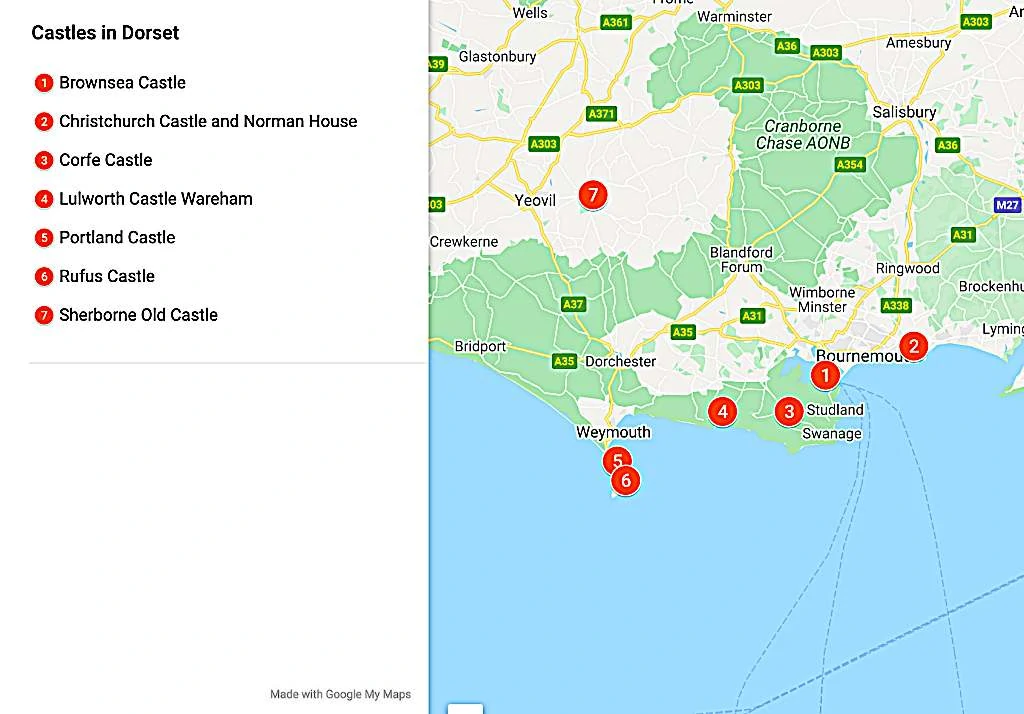
7 Amazing Castles to Visit in Dorset
1. Brownsea Castle
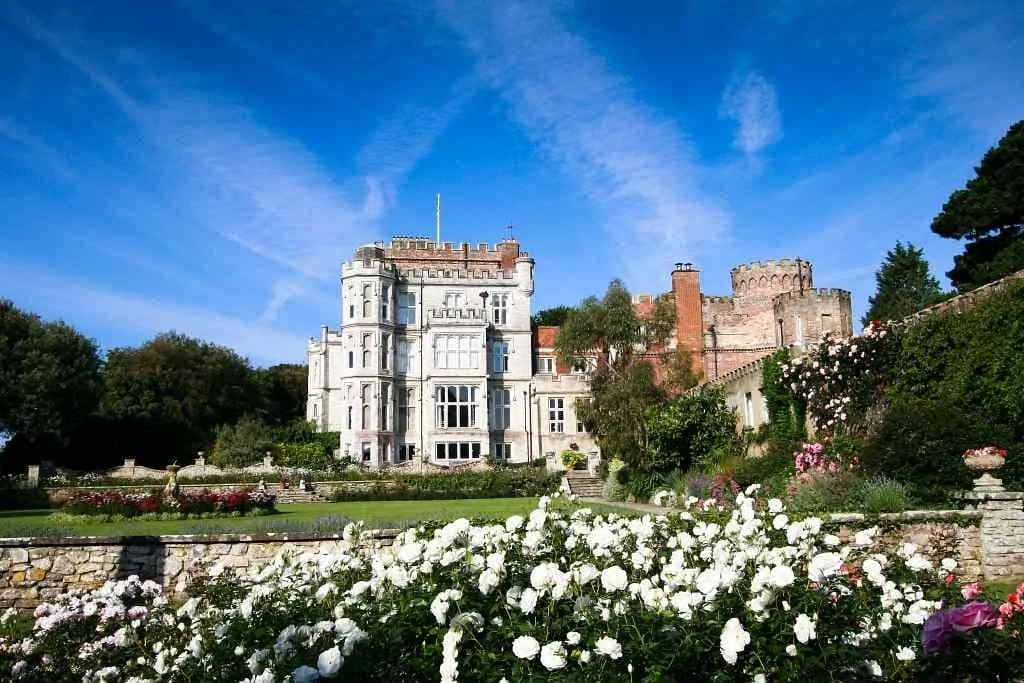
Situated picturesquely on the beautiful Brownsea Island lies the historic 16th-century Device Force, Brownsea Castle. The castle’s origins date back to the year 1545, when construction began upon the decree of King Henry VIII, in the midst of tensions between England, France and the Holy Roman Empire; Brownsea Castle was completed in 1547 and was erected to protect Poole Harbour from French invaders.
Up until the year 1726, the castle had primary a military function, though it was later converted into a private residence for William Benson. Today, the castle is leased by the John Lewis Partnership from the National Trust, where events are held for the employees, though it is sadly not open to the general public.
Where: Brownsea Island
When: 16th century
Open for visit: Not open to the general public.
2. Christchurch Castle
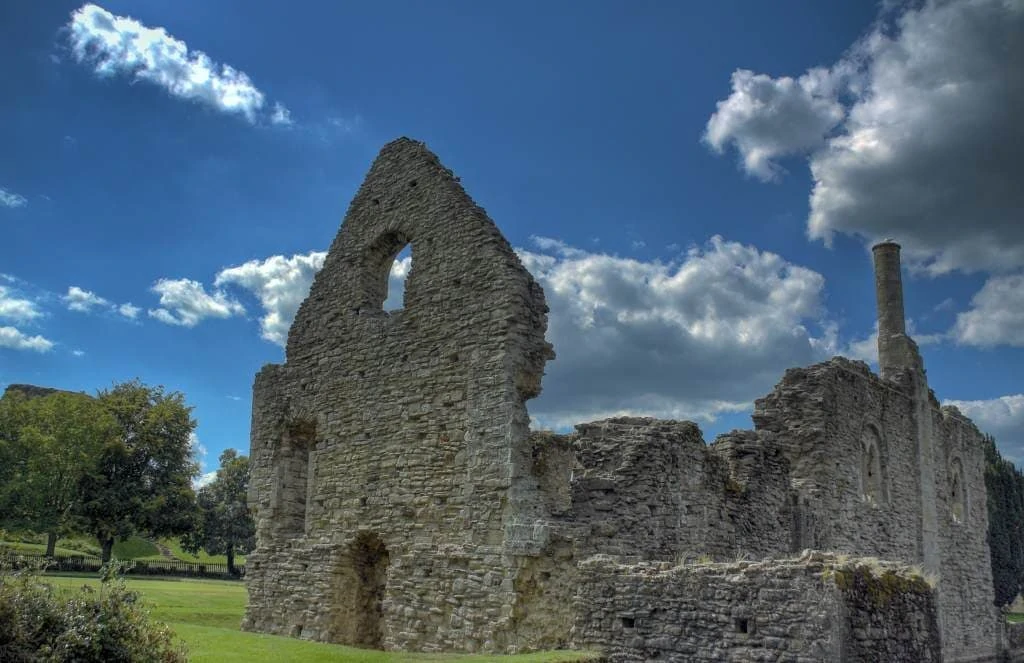
Located in the scenic Dorset town of Christchurch lies the ruined Christchurch Castle, that has a lot of history. The castle’s origins date back to around the year 1160, where the earliest Norman motte and bailey style castle existed, however, it is believed to have been earlier castle built on the same site, that likely dates back to the 10th century.
Throughout the following centuries, Christchurch Castle witnessed a lot of different owners, as well as several important historical battles. Though ruined today, the castle is still a Grade I listed building, and it is open to the public; it is a very popular tourist attraction, and makes for a perfect day trip.
Where: Christchurch
When: 12th century
Open for visit: Yes, check here for more information.
You might also be interested in:
3. Corfe Castle

Towering above the village of Corfe in Dorset is the ruined but nonetheless impressive Corfe Castle; the origins of this stunning castle date back to the aftermath of the Norman Conquest of England in the 11th century, and it was built by William the Conqueror himself.
For its time, Corfe Castle was revolutionary, as it was largely built in stone, whilst many other fortifications were built only of timber and earth. Throughout the following centuries, the castle was at the centre of much political and military action, such as the English Civil War. It is today owned by the National Trust, is a Grade I listed building and is open to the general public.
Where: Corfe
When: 11th century
Open for visit: Yes, check here for more information.
4. Lulworth Castle
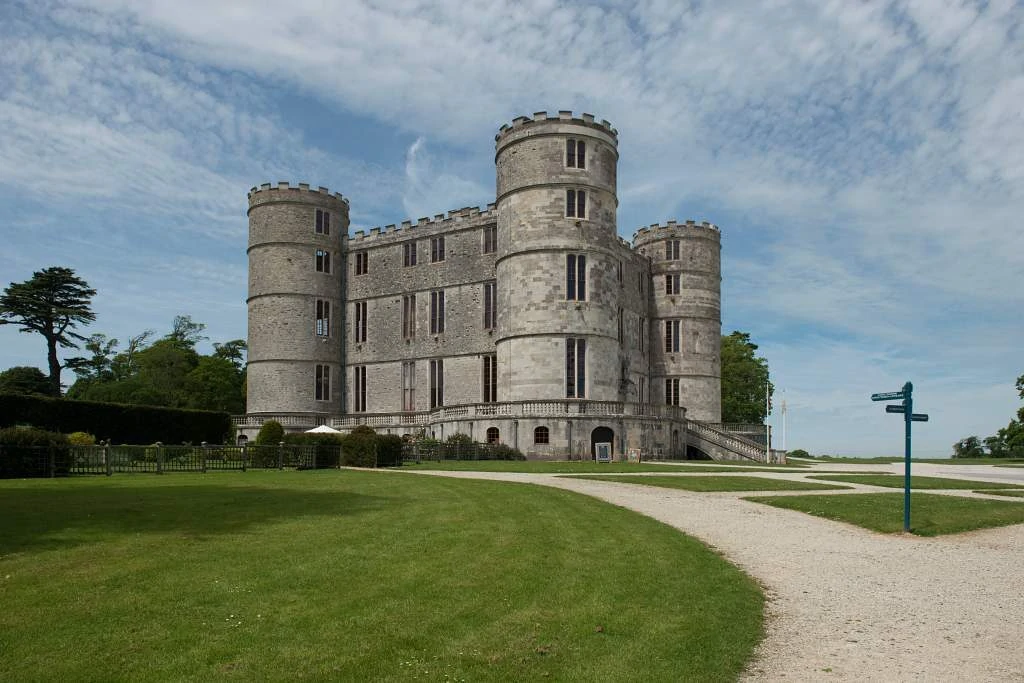
In the heart of East Lulworth in Dorset, lies the stunning 17th-century mock castle, Lulworth Castle. The origins of this beautiful structure date back to the year 1588, where the original foundations for it were laid; however, the castle was not actually completed until the year 1609.
Throughout the centuries, the castle switched its primary function on several occasions; it served as a hunting lodge in its early existence, before being used as a residence for the French Royal family in the 18th century.
Today, the castle is a local tourist attraction and holds numerous medieval-themed events that keep its heritage alive.
Where: Lulworth
When: 17th century
Open for visit: Yes, check here for more information.
5. Portland Castle

Situated off the coast of Dorset, on the Isle of Portland, lies the wonderful artillery fort, which was originally constructed by King Henry VII between the years 1539 and 1541.
Originally erected to form part of the King’s Device Programme, which centred on protecting the region from attacks and invasions from the Holy Roman Empire and France, it also defended Portland Roads anchorage.
Over the centuries, the castle was used primarily as a military fort, and it was used right up until the end of the Napoleonic Wars in the year 1815. Today, visitors are captivated by the castle’s heritage, and it is a key tourist attraction for the area; the views from the castle are also exceptional.
Where: Isle of Portland
When: 16th century
Open for visit: Yes, check here for more information.
6. Rufus Castle
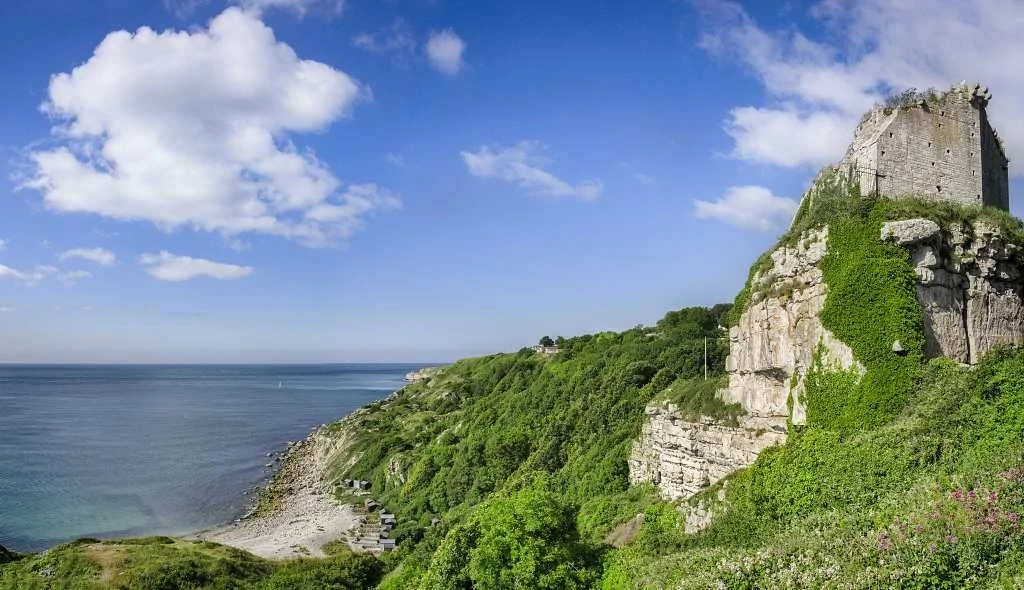
With gorgeous views of the Church Ope Cove on Portland in Dorset, lies the gorgeous, partially ruined Rufus Castle, which is also sometimes known as the bow and Arrow Castle.
The castle that exists today dates back to the end of the 15th century, and it is, therefore, the oldest castle in Portland; it is partially built into the rock, and due to local conditions, it has sadly partially eroded over time.
The castle was built by Richard, Duke of York between the years 1432 and 1460, and this is what largely remains to this day. Throughout history, Rufus Castle has often been idealised by many artists, such as the English landscape painter J.M.W. Turner, who painted the castle on several different occasions.
It was also featured in novels by Thomas Hardy and Victor Hugo. Today, the castle is open to the public, and it is a key tourist attraction for visitors to the region.
Where: Portland
When: 15th century
Open for visit: Yes.
7. Sherborne Old Castle

Sherborne Castle is one of the finest examples of Tudor mansion architecture still standing in England, and it lies in the heart of Sherborne, in the county of Dorset.
The Sherborne Old Castle, the earliest existing castle on the site, was originally constructed in the 12th century, where it was built as the palace for Roger de Caen, who was the Bishop of Salisbury, and the Chancellor of England, whereby it was under the ownership of the church.
Throughout its early history, the castle was visited by several royals, such as Queen Elizabeth I who adored the estate. However, this early castle was left to ruin during the Civil War of the 16th century, and a new castle was built upon the ruins.
Today, the ruins of the old castle are still present on the estate of the new castle, and both are open to the general public, who are fascinated by the extensive history of the castles.
Where: Sherborne
When: 12th/16th century
Open for visit: Yes, check here for more information.
